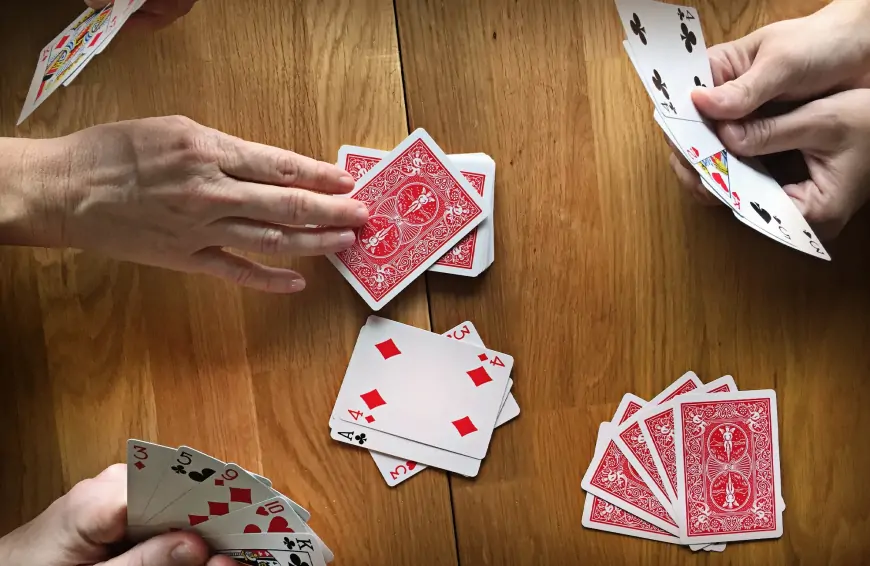How to play gin rummy: All you need to know
Learn how to play Gin Rummy, a classic card game of skill and strategy. Arrange sets and runs to win by forming melds and discarding wisely.

Discover the fundamentals of Gin Rummy with this comprehensive guide covering rules and tactics. In this two-player card game, the aim is to create "sets" and "runs" faster than your opponent. Despite originating in 1909, its enduring popularity stems from its simplicity and potential for endless play.
Guide to playing gin rummy
Aim and gameplay
Gin Rummy shares similarities with the classic card game Tonk, making it easily accessible for those familiar with the latter.
The goal is to reach a predetermined score, typically 100 points, before your opponent. Each hand involves forming "runs" and "sets" while minimizing your "deadwood."
Players retain all cards in their hand until one player knocks, preventing the opponent from gaining an advantage.
A "run" comprises three or more consecutive cards of the same suit (e.g., 3♥ 4♥ 5♥), while a "set" consists of three or four cards of the same rank (e.g., Q♠Q♦Q♥). "Deadwood" refers to remaining cards not forming part of a run or set.
Step-by-step instructions
- Determine the dealer through mutual agreement, with rotation between hands or rounds.
- The dealer deals ten cards to each player one at a time, starting with the opponent, and places the next card face up to start the discard pile.
- The opponent decides whether to take the face-up card or pass. If both players pass, the opponent starts the game by drawing a card and discarding one from their hand.
- Players can choose to draw the face-up card or the next card from the deck.
- Players take turns until one player "knocks" to end the hand or when only two cards remain in the deck, resulting in a draw.
- A player can knock if they have 10 or fewer points of deadwood or if they go gin, forming sets and/or runs with all ten cards. A "big gin" is achieved with 11 cards, including the newly drawn one.
- Both players reveal their cards, organizing sets and runs and separating deadwood.
- If the knocking player doesn't go gin, the opponent can "lay off" remaining deadwood onto the knocking player's sets and runs.
- Score the hand (refer to scoring rules).
- Deal a new hand and continue playing until a player reaches the minimum winning score.
Scoring in Gin Rummy involves deadwood points and various bonuses, typically significant in money games. The winner's earnings are determined by the gap between their score and the loser's.
- Knock points: The knocker earns the difference between their deadwood and the opponent's after a legal knock with 10 or fewer deadwood points. Example: If the knocker has 10 points and the opponent has 22, the knocker scores 12 points. If the opponent has equal or fewer deadwood points, they win via undercut.
- Gin bonus: The knocker receives a 25-point bonus for going gin successfully.
- Big gin bonus: If the opponent scores a big gin (11-card gin), they earn an additional 31 points on top of their knock points.
- Undercut bonus: If the opponent has equal or fewer deadwood points than the knocker, they receive a 25-point bonus on top of the deadwood difference, except when the knocker goes gin.
- Game bonus: The first player to reach 100 points earns an additional 100 points.
- Line bonus: Each player receives 25 bonus points for each hand won during the game.
- Shutout bonus: If the winner shuts out the opponent, their total score is doubled, excluding the line bonus.












































